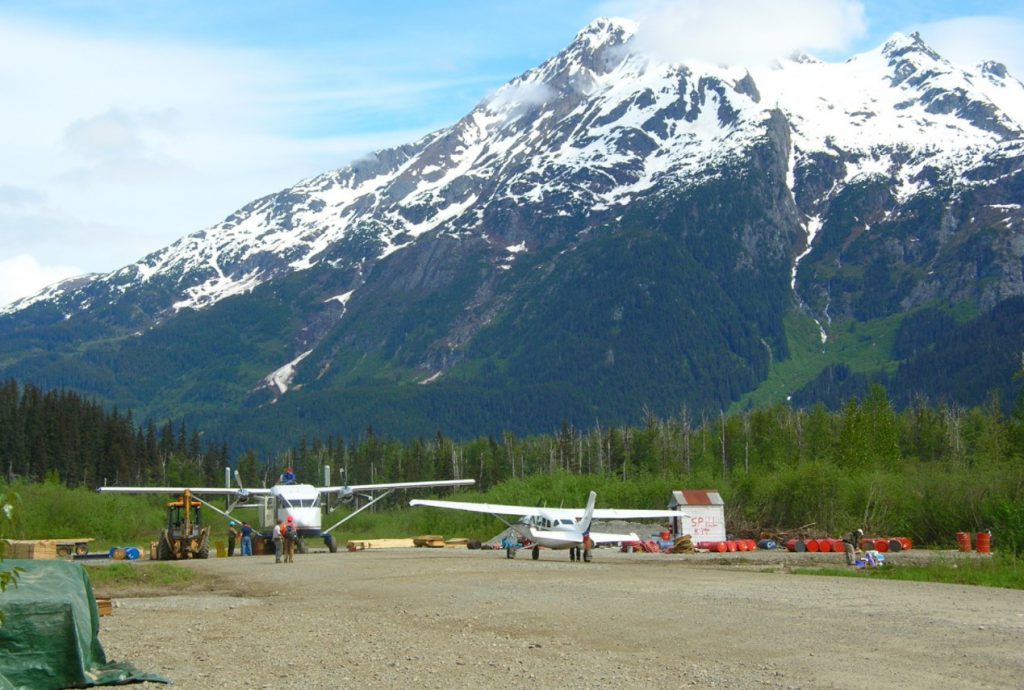Canagold names new CEO, director

Canagold Resources Ltd. [CCM-TSX, CRCUF-OTCQB, CANA-FRA] has appointed a new CEO and director following the resignation of Scott Eldridge.
Following the completion of an executive search, the company said its board of directors has approved the appointment of Catalin Kilofliski as CEO and Mike Doyle as director. Both appointments took effect on August 3, 2022.
On Thursday, Canagold shares eased 1.7% or $0.005 to 29 cents on volume of 104,750. The shares are currently trading in a 52-week range of 67 cents and 25 cents.
The New Polaris gold project in northwestern British Columbia is the flagship asset of Canagold, which recently changed its name from Canarc Resources. The project is located 100 kilometres south of Atlin and 60 kilometres northeast of Juneau Alaska. It consists of 61 contiguous Crown-granted mineral claims and one modified grid claim covering 850 hectares.
In a press release Thursday, Canagold said Kilofliski has over 25 years of executive leadership experience and a track record of creating significant shareholder value for various mining companies. One of his most recent accomplishments was during 2020 when he helped grow Tudor Gold Corp. [TUD-TSXV, TUC-Frankfurt] from $30 million to over $500 million in market capitalization.
Kilofliski has an intimate knowledge of Canagold and the New Polaris project as he was Canagold’s CEO from 2014 to 2018.
Doyle is a senior geologist and is a chartered engineer with over 35 years of global experience of mining and exploration with Rio Tinto Plc [RIO-NYSE], Inmet, Wardell-Armstrong and Sun Valley Investments. He is a chartered engineer and geologist who also holds a MSc in Environmental Management.
Back in March, 2022, Canagold said drilling has shown that the mineralized system at New Polaris extends to depths beyond 600 metres.
New Polaris was mined via underground methods from 1938 to 1942, and again from 1946 to early 1951, producing 250,000 ounces of gold from 740,000 tonnes of ore at an average grade of 10.3 g/t gold. Three main veins (AB, C and Y) were mined to a maximum depth of 150 metres and have been traced by drilling for up to 1,000 metres along strike and 800 metres down dip. They are still open for expansion.
The project is currently estimated to contain an indicated resource of 586,000 ounces of gold at 10.8 g/t and an inferred resource of 485,000 ounces at a grade of 10.2 g/t, material that could support production of 80,000 ounces of gold annually for 8.7 years, according to a March, 2019, preliminary economic assessment (PEA).
On July 12, 2022, the company released a summary of results of a 30,000 metre-infill drill program. It said infill drill holes delivered gold grades and mineralized widths that support and potentially improve on the current resource estimate at downhole depths as predicted by the geological model.
